Lesson Ten: Surface Activities on Planets and Moons
Lesson Description
In this activity, students investigate the properties of planets and moons in the solar system.
Instructions
Part 1: The Earth and the Moon
Investigations of the Earth and the Moon show that both worlds are about the same age, and that both are extremely old. In fact, the Earth, the Moon and all the planets and moons in the Solar System are about 4.6 billion years old. Although all objects in the Solar System are about the same age, features on the surface can be different, making the surface features older or younger either from one planet to the next or even for different locations on a given world.
Return back to Lesson 6 (What can we learn by examining the Moon's surface). Explain again how you were able to tell the difference between the relative age of the Lunar Highlands and the Lunar Maria.
- What caused the Lunar Maria to have a different age than the highlands?
Now we will consider Earth. Open the Planetary and Space Science Center (PASSC) website. This site shows the location of the 160 known craters on Planet Earth. Choose a continent and look as some of the craters.
- How do they appear compared to the craters on the Moon? Come up with some ideas why the Earth craters appear different than the Lunar craters.
- Given what you have seen, write your thoughts about what happens to craters on Earth as time goes by. How is this different than on the Moon?
Next return to the Earth link. Click on North America and carefully examine how the craters (the red stars in the image) are distributed in the image.
- Where are the majority of craters? Where are there very few?
- Think about what the surface of the Earth is like in the places where the fewest craters are located. How might that affect the survival of impact craters?
Do the same thing for Europe and Asia.
- Where are most the craters found and where are most missing?
- What is true about the surface at these places?
Now use what you know about activity of the Earth's crust such as plate tectonics, mountain ranges and volcanoes to conjecture why there are fewer carters in the various areas where they are missing.
Using what you learned about the relative age of the Lunar surface, come up with a relative age for various regions on the Earth. In other words, where to you suspect the oldest surface on the Earth is and where is the youngest? Explain why you think this.
Finally, if you compare the amount of craters on the surface of the Moon to that of the Earth which surface would you say is younger and which is older? Explain.
Part 2: The Terrestrial Planets and the Moon: Comparing relative Ages.
You can now continue the process of comparing the relative age on the surface of different planets by examining the amount of cratering on the surface. When doing this you can compare to the Earth and Moon. For each planet try to decide, based on the crater density, whether the planet has a young surface (like Earth) an old surface (like the Moon) or somewhere in between.
- Mercury: Figure 1. Describe what you see on Mercury. Rate the relative age of the surface compared to the Earth and Moon.
- Venus: Figure 2. Venus is always completely cloud covered. So we can never directly see the surface of Venus (left image). But the surface of Venus has been mapped using radar to penetrate the clouds (right image). Look carefully at the Venus image. Try to describe what you are seeing on the surface. Are there many impact craters? How would you rate the age of Venus's surface.
- Earth and the Moon: Figure 3 and Figure 4. We have already considered the surface of the Earth and the Moon, but look again at the surfaces in order to refresh you memory about their appearance.
- Mars: Figure 5. Look carefully at the surface of Mars. In the center of the image is a huge canyon (Valles Marinaras). There are also at least two visible volcanoes near the left hand side of the image. The next image of Mars is a radar image, similar to the one for Venus. This image is color coded to allow you to figure out the tallest (white) and deepest places (blue) on the surface of Mars. It is also very helpful for seeing craters. The white peaks are the tops of enormous volcanoes. Compare the Northern and Southern hemispheres in this figure. Which hemisphere would you say is older and which is younger? Explain.
- How would you rate the age of the surface of Mars compared to the Earth and Moon? Explain.
- Now rank the surface age of the four planets and the Moon. List them from the oldest surface to the youngest and explain clearly why you listed them in this order.
- Table 1 lists various properties of the planets. Compare the surface age list that you just made to the data in each of the columns.
- Compare each of the columns of data in Table 1 to the surface age. Tell whether the surface age seems to be related to the given column. Explain why you say this.
- Analysis: How is the surface age of a planet related to its geologic activity? In other words, if a planet has a lot of activity, such as volcanoes and tectonics, how will that effect the ability to preserve craters on its surface?
- If you have two planets, one that has cooled off inside and is now solid rock, and one that is very hot inside, which one would you expect to have geologic activity? Explain.
- Consider Lesson 9. In this lesson you compared volume to surface area. Carefully review what you learned. Next consider which parameter from Table 1 changed with the age of the surface of the planet. Combine these ideas together to come up with a conjecture as to why some planets have young (craterless surfaces) and some have old surfaces. Explain carefully.
Part 3: The Galilean Moons
Look very closely at the images of the Galilean Moons in Figures 7, 8, 9, 10, and 11. Discuss what you see in each image and compare and contrast images of the moons, and of the previous planets (and the Moon). The Galilean moons are probably the same age as the rest of the Solar System (4.6 Billion Years) but their surfaces may not be that old.
- Io: Figure 9. The image of Io looks very strange. The black dots are not craters, but instead are volcanoes. Rate the age of Io's surface.
- Europa: Figure10. Look carefully at Europa and describe what you see. Are there many visible craters? Rate the age of Europa's surface.
- Ganymede: Rate the age of Ganymede's surface and explain why you rate it this way.
- Callisto: Figure 11. Finally rate the surface age of the moon, Callisto. How does it compare to the surface of Ganymede? Explain.
- Which of the above Galilean moons has a surface that is the oldest? Which has the youngest? Discuss what about the image of these moons makes you think one has a younger surface verses and older surface.
- Analysis: Use Table 2, to decide what parameters are important for the surface age of the Galilean moons. Note any “strange” relationships that you might see.
- Do you think that the physical reason you found for activity on the planets is the the same reason that the Galilean moons have activity? Explain. (Hint: look carefully at the size of the Galilean moons compared to our Moon and Mercury.)
- Which of the Galilean moon's feels the greatest gravitational attraction by Jupiter? Which the least?
- Now compare the orbital period of Io to the other moons of Jupiter. Do you notice a pattern emerging? Look very carefully. You might want to consider the ratio of the orbital periods to see a pattern.
- Given this pattern, what can you say about how often Io and the other moons pass close by one another? A drawing with explanation might be the most useful.
- The passage of the other Galilean moons of Jupiter by Io causes Io to wobble in its orbit around Jupiter. A similar, but smaller wobble is seen for the Earth's moon. As Io wobbles the enormous gravity of Jupiter pulls on Io trying to bring it back into line and stop wobbling. Take the piece of wire that is provided. Grab each end of the wire and bend it back and forth very rapidly. Do this for at least 20 seconds. Now feel the wire. What do you find?
- Relate this wire example to the geologic activity on Io, and the young surface age. Explain carefully what is happening to Io.
- Look at Figure 12. (the Earth's North Polar ice cap) and the surface of Europa. What do these have in common?
- The North Polar ice cap on the Earth sits on top of the Arctic Ocean. Motion of the ice pack on top of the Arctic Ocean forms causes the large cracks that you see in the image. Try to compare this effect to Europa. What can you conclude about the surface of Europa and what is underneath the surface?

 Lessons created by:
Lessons created by: